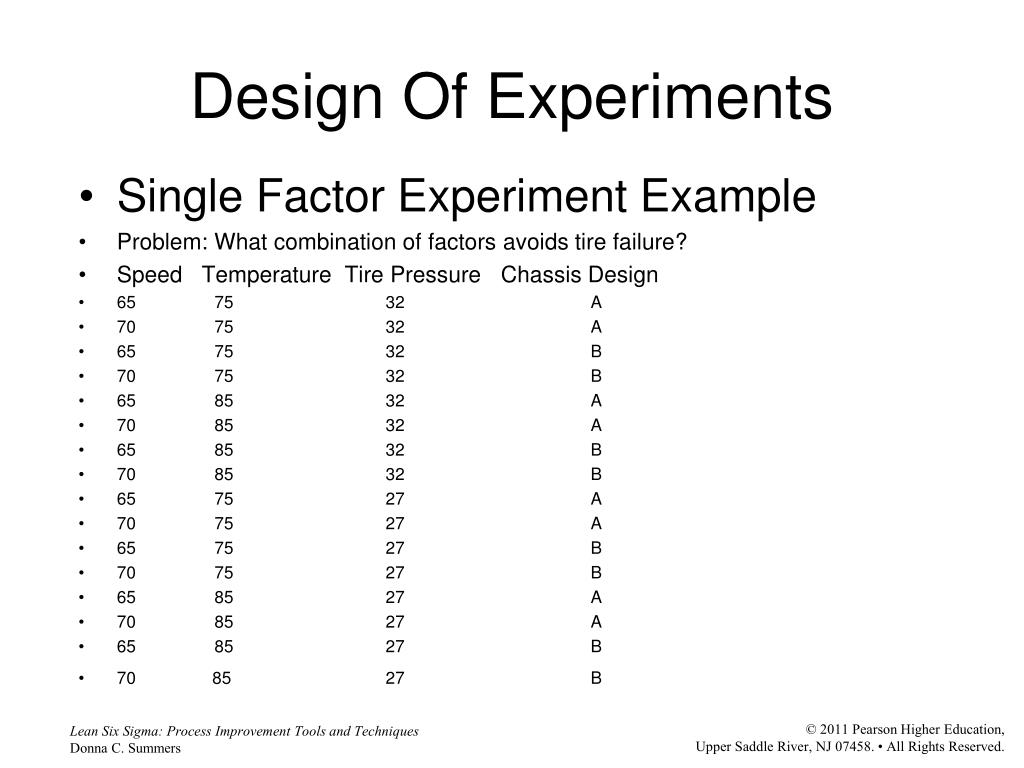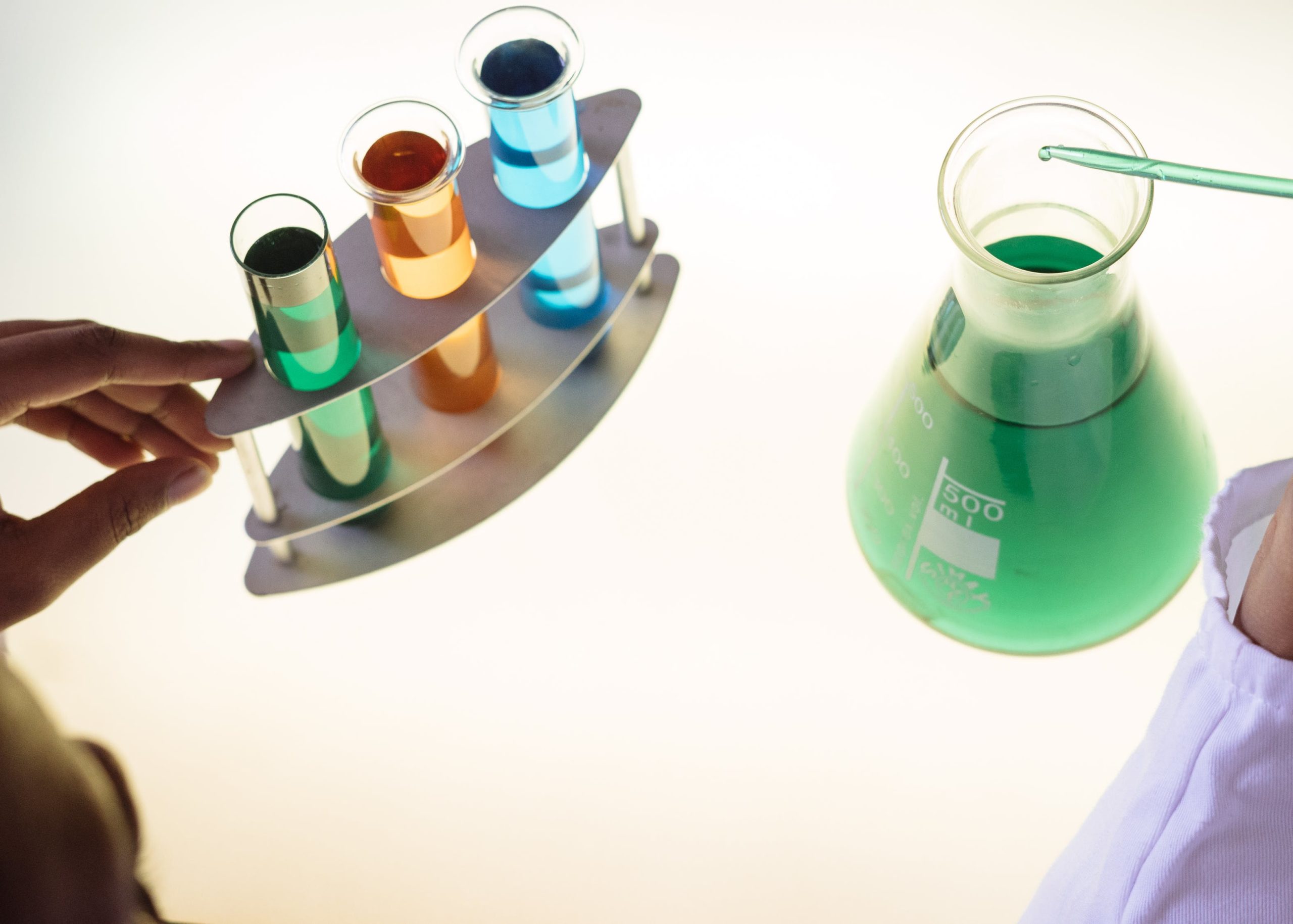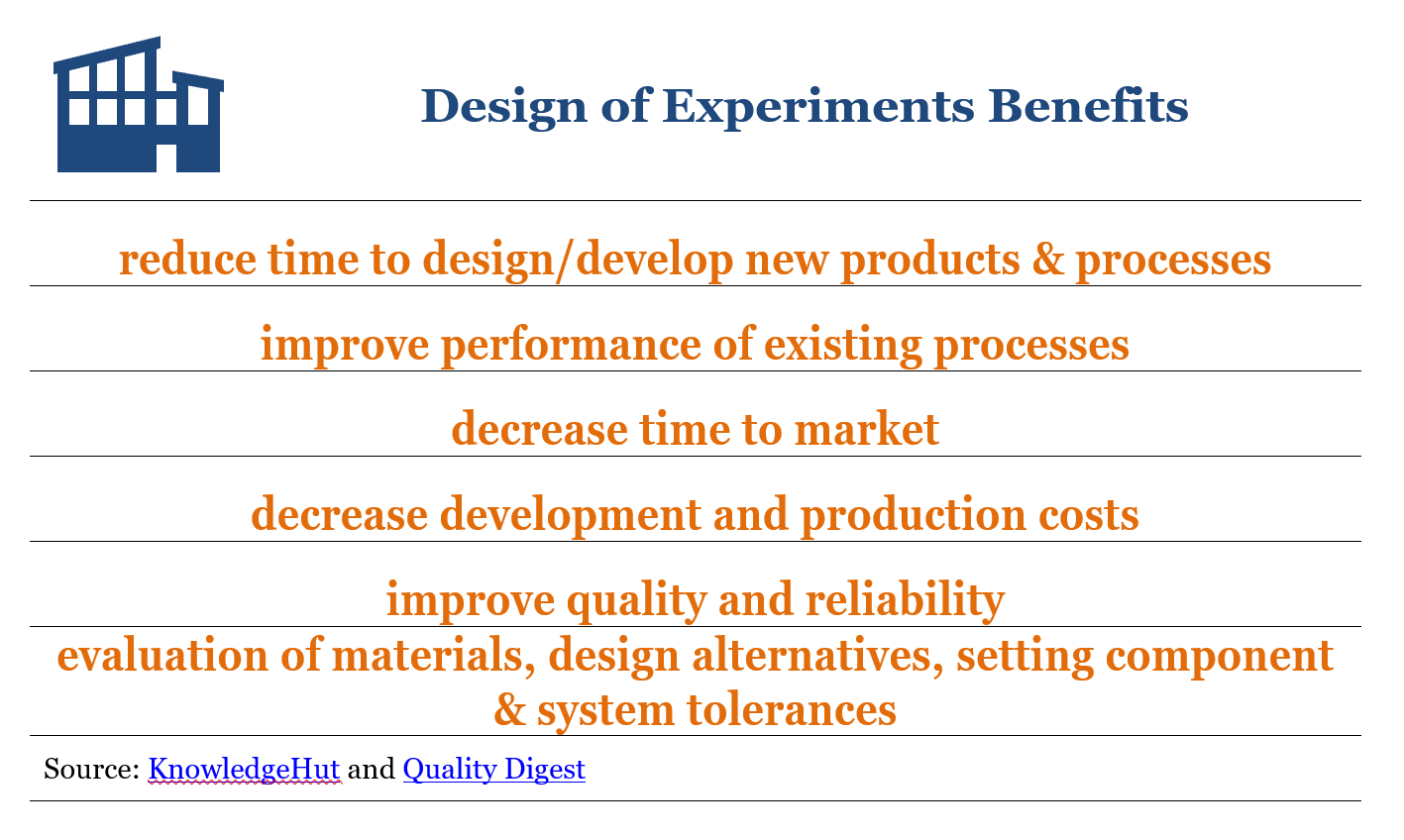Table Of Content

In most practical applications of experimental research designs there are several causes (X1, X2, X3). The study of the design of experiments is an important topic in metascience. Apart from these types of experimental design research in statistics, there are other two methods used in the research process such as randomized block design and completely randomized design. These experiments minimise the effects of the variable to increase the reliability of the results. In this design, the process of an experimental unit may include a group of people, plants, animals, etc.
Case Study: A Successful Application of Design of Experiments
An experimental design where treatments aren’t randomly assigned is called a quasi-experimental design. Statistics deals with the study of gathering, observing, calculating, and interpreting numerical data. A statistical experiment is defined as an ordered procedure which is performed with the objective of verifying, and determining the validity of the hypothesis. Before performing any experiment, some specific questions for which the experiment is intended should be clearly identified. To minimise the variability effect on the result of interest, the experiment has to be designed. So, the researcher will design the experiments for the purpose of improvement of precision.
Examples and Applications of Experimental Design
A powerful tool used by multiple industries in performing a more convenient and efficient way to monitor, collect, record, inspect, and audit data. For example, in the first experimental series (indicated on the horizontal axis below), we moved the experimental settings from left to right, and we found out that 550 was the optimal volume. Below is an example of a table that shows the yield that was obtained when changing the volume from 500 to 700 ml.
Sorry, you have been blocked
Multilevel modeling is used to analyze data that is nested within multiple levels, such as students nested within schools or employees nested within companies. Cluster analysis is used to group similar cases or observations together based on similarities or differences in their characteristics. Self-report measures involve asking participants to report their thoughts, feelings, or behaviors using questionnaires, surveys, or interviews. Ensure the safety of workers and the quality of your products and services with regular quality assurance training. Perform a DoE to optimize any procedure in your workplace and integrate your experimentation with SafetyCulture.
DOE is better for exploring biological complexity.
Field experiments are conducted in naturalistic settings and allow for more realistic observations. However, because field experiments are not as controlled as laboratory experiments, they may be subject to more sources of error. This design involves grouping participants within larger units, such as schools or households, and then randomly assigning these units to different treatment groups. DoE is used especially in drugs that are best delivered via a time-release schedule,.
Design of Experiments Gains Ground in Biopharma Development - Pharmaceutical Technology Magazine
Design of Experiments Gains Ground in Biopharma Development.
Posted: Sat, 14 Dec 2019 08:00:00 GMT [source]
In this second experimental series, the pH is changed from 2.5 to 5.0 and you can see the measured yields. This focus includes all the related issues about how we handle these factors in conducting our experiments. At the analysis, stage robustness refers to a technique that isn't overly influenced by bad data. Even if there is an outlier or bad data you still want to get the right answer.
The scientific application of the statistical procedures became very important. Immediately following World War II the first industrial era marked another resurgence in the use of DOE. It was at this time that Box and Wilson (1951) wrote the key paper in response surface designs thinking of the output as a response function and trying to find the optimum conditions for this function.
Time series analysis is used to analyze data collected over time in order to identify trends, patterns, or changes in the data. Regression analysis is used to model the relationship between two or more variables in order to determine the strength and direction of the relationship. There are several types of regression analysis, including linear regression, logistic regression, and multiple regression. In this design, participants are randomly assigned to one of two or more groups, and each group is exposed to a different treatment or condition. DoE is a useful tool for determining specific factors affecting defect levels in a product, which may be used to improve the design of the product.

In the scatterplot on the right, we have plotted the measured yield against the change in reaction volume, and it doesn’t take long to see that the best volume is located at 550 ml. Learn about quantitative and qualitative variables and explore different graph... The prerequisite for this course is STAT Regression Methods and STAT Analysis of Variance.
However, note that the estimates for the items obtained in the second experiment have errors that correlate with each other. A quasi-experimental design is similar to a true experimental design, but there is a difference between the two. Online Teaching is designed for University of Michigan instructors and course designers who want to learn how to teach online more effectively. Created by the University of Michigan Center for Academic Innovation, it lives at the intersection of pedagogy, technology, and research-driven practices.

Hands-on DOE Project Support will help to build and deploy your DOE process throughout the entire organization. By utilizing our experienced Subject Matter Experts (SME) to work with your teams, Quality-One can help you optimize your processes with DOE methodology and promote continuous improvement thinking in your organization. Factor analysis is used to identify underlying factors or dimensions in a set of variables. This can be used to reduce the complexity of the data and identify patterns in the data.
There are several actions that could trigger this block including submitting a certain word or phrase, a SQL command or malformed data. Our intent is to provide only a brief introduction to the design of experiments. There are many resources that provide a thorough treatment of these methods. In this design, the researcher manipulates one or more variables at different levels and uses a randomized block design to control for other variables. With DoE, you can determine the effects of changes made with the factors and their levels that influences the response.
Inferential statistics are used to make inferences or generalizations about a larger population based on the data collected in the study. Descriptive statistics are used to summarize and describe the data collected in the study. This includes measures such as mean, median, mode, range, and standard deviation. This involves systematically varying the order in which participants receive treatments or interventions in order to control for order effects.
Some variables, like temperature, can be objectively measured with scientific instruments. Others may need to be operationalised to turn them into measurable observations. In medical or social research, you might also use matched pairs within your between-subjects design to make sure that each treatment group contains the same variety of test subjects in the same proportions. First, you may need to decide how widely to vary your independent variable. You can also compare different levels for given factors, such as whether a cultivar from nursery A produces a higher yield, better taste, or both than a plant from nursery B.
Then measure your chosen response variable at several (at least two) settings of the factor under study. If changing the factor causes the phenomenon to change, then you conclude that there is indeed a cause-and-effect relationship at work. A confounding variable is related to both the supposed cause and the supposed effect of the study.
This optimization reduced material waste by 15% and increased production efficiency by reducing the instances of rework and testing required for quality assurance. Beauty in data visualization is the principle that recognizes the power of well-presented data to convey complex truths elegantly and effectively. It acknowledges that the clarity and aesthetics of data presentation can illuminate insights, making them accessible and impactful to a broader audience. How you apply your experimental treatments to your test subjects is crucial for obtaining valid and reliable results. Use arrows to show the possible relationships between variables and include signs to show the expected direction of the relationships.

No comments:
Post a Comment